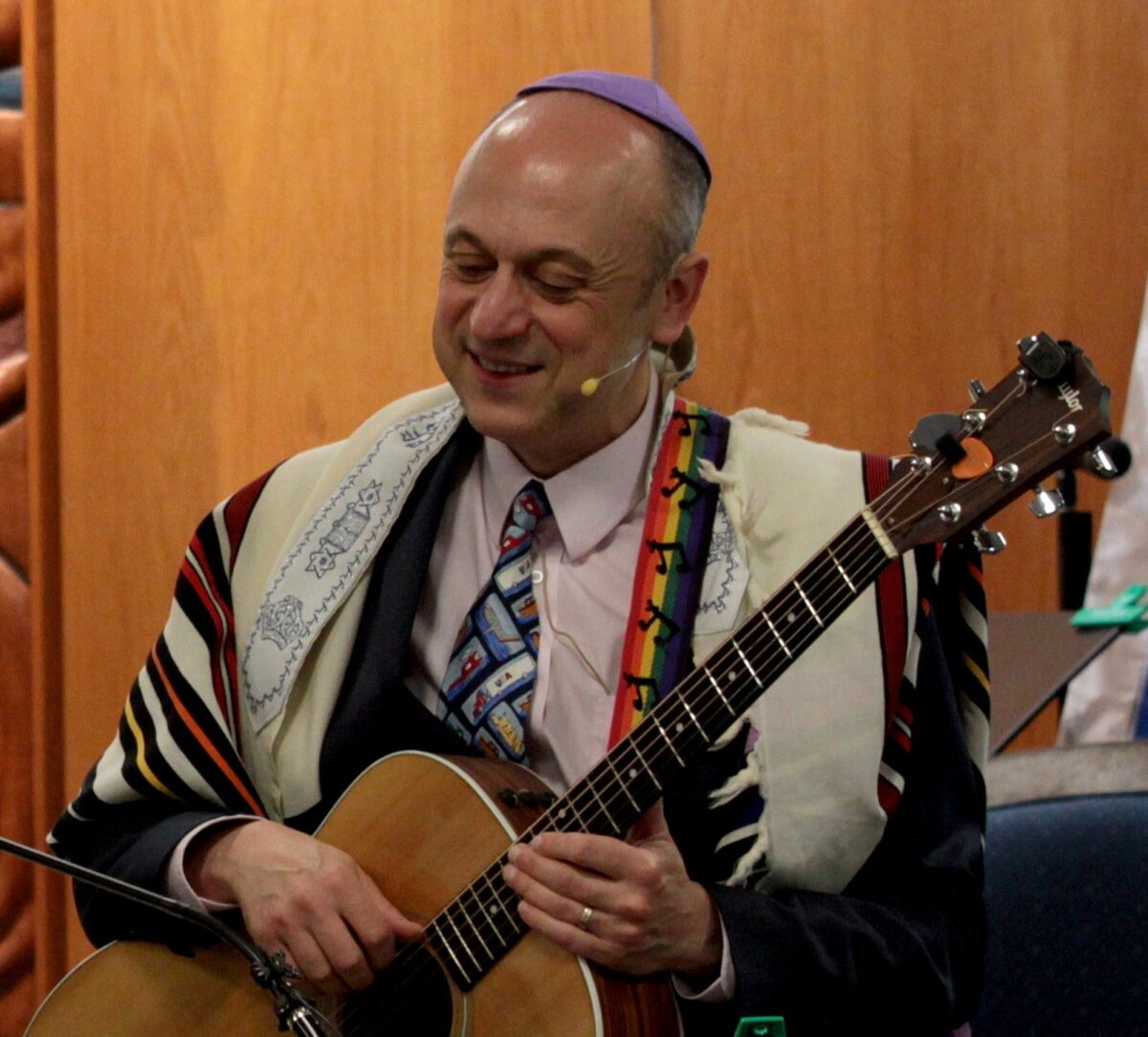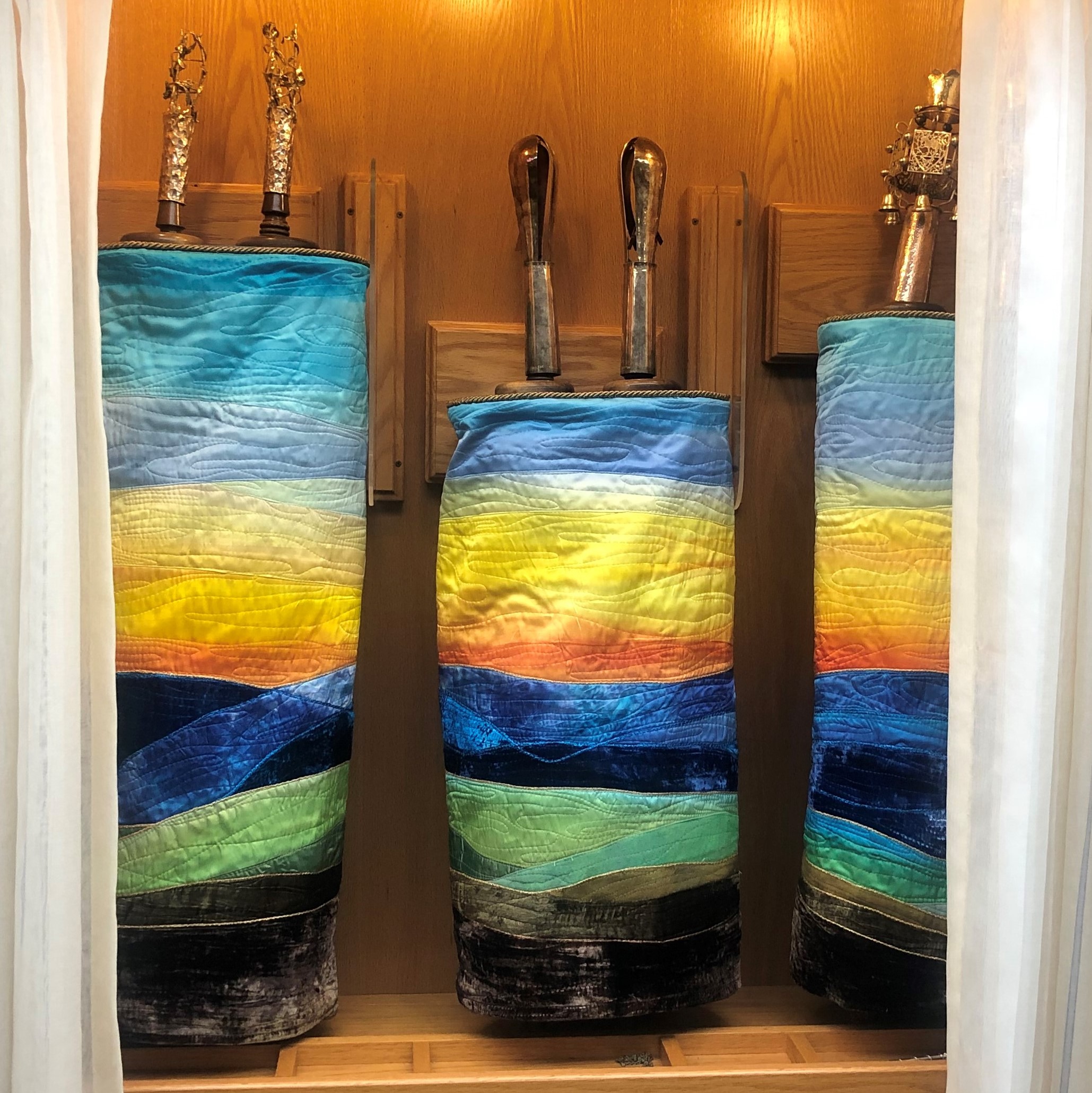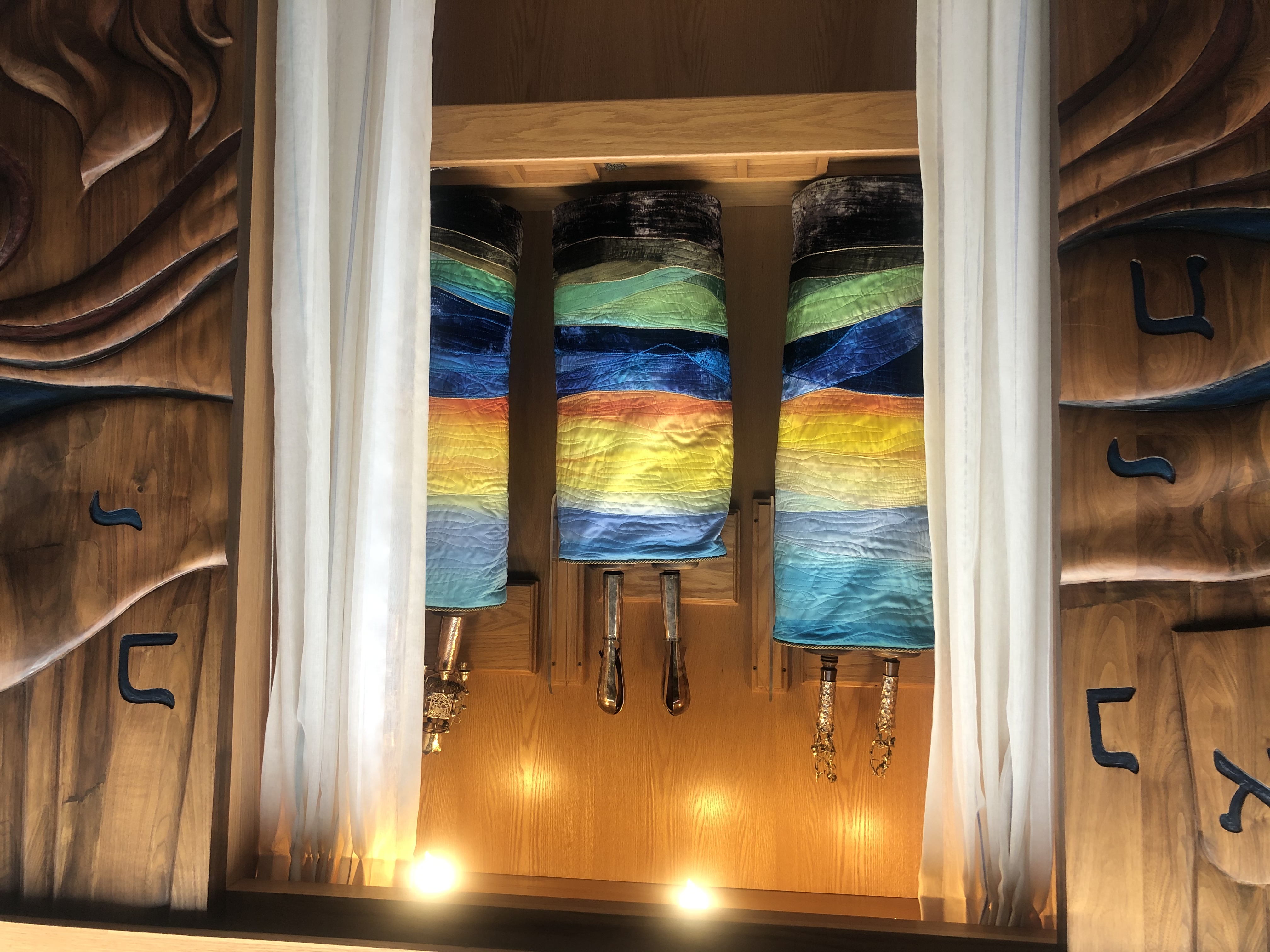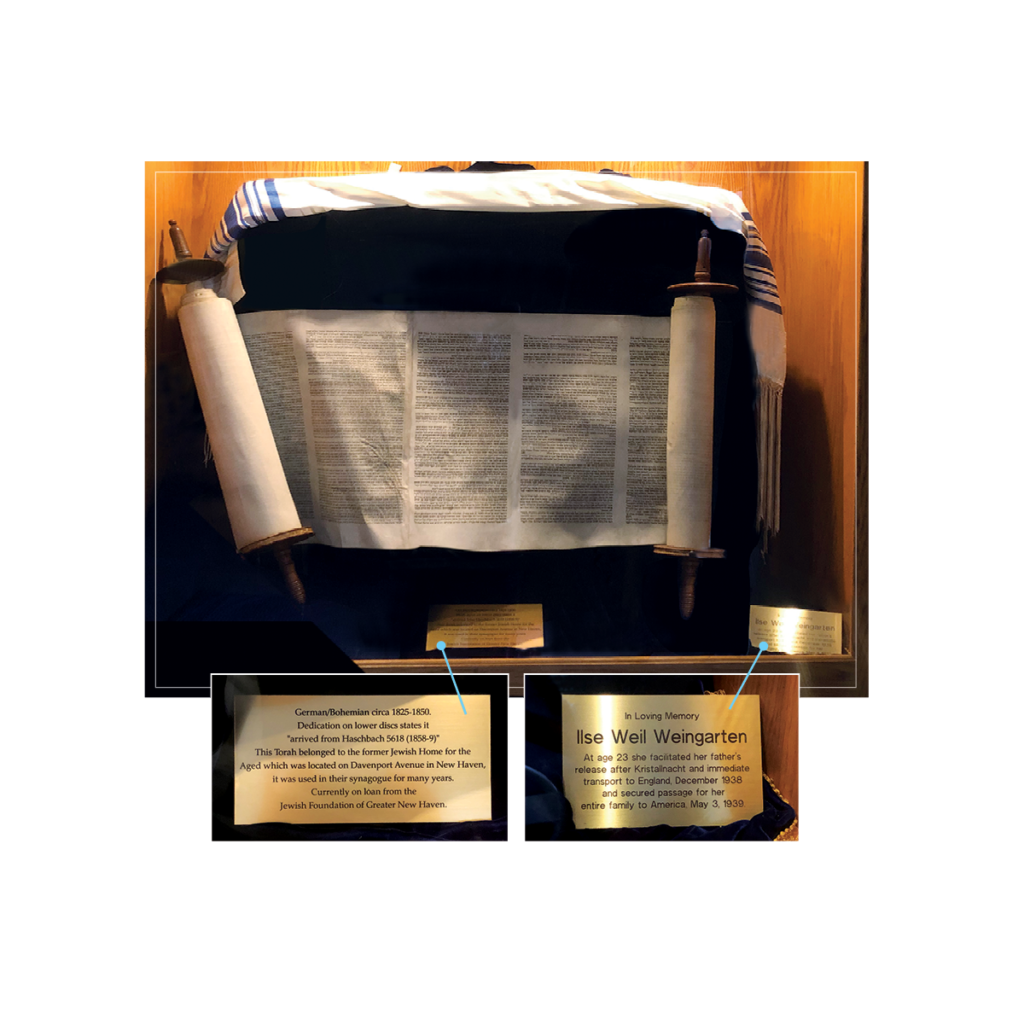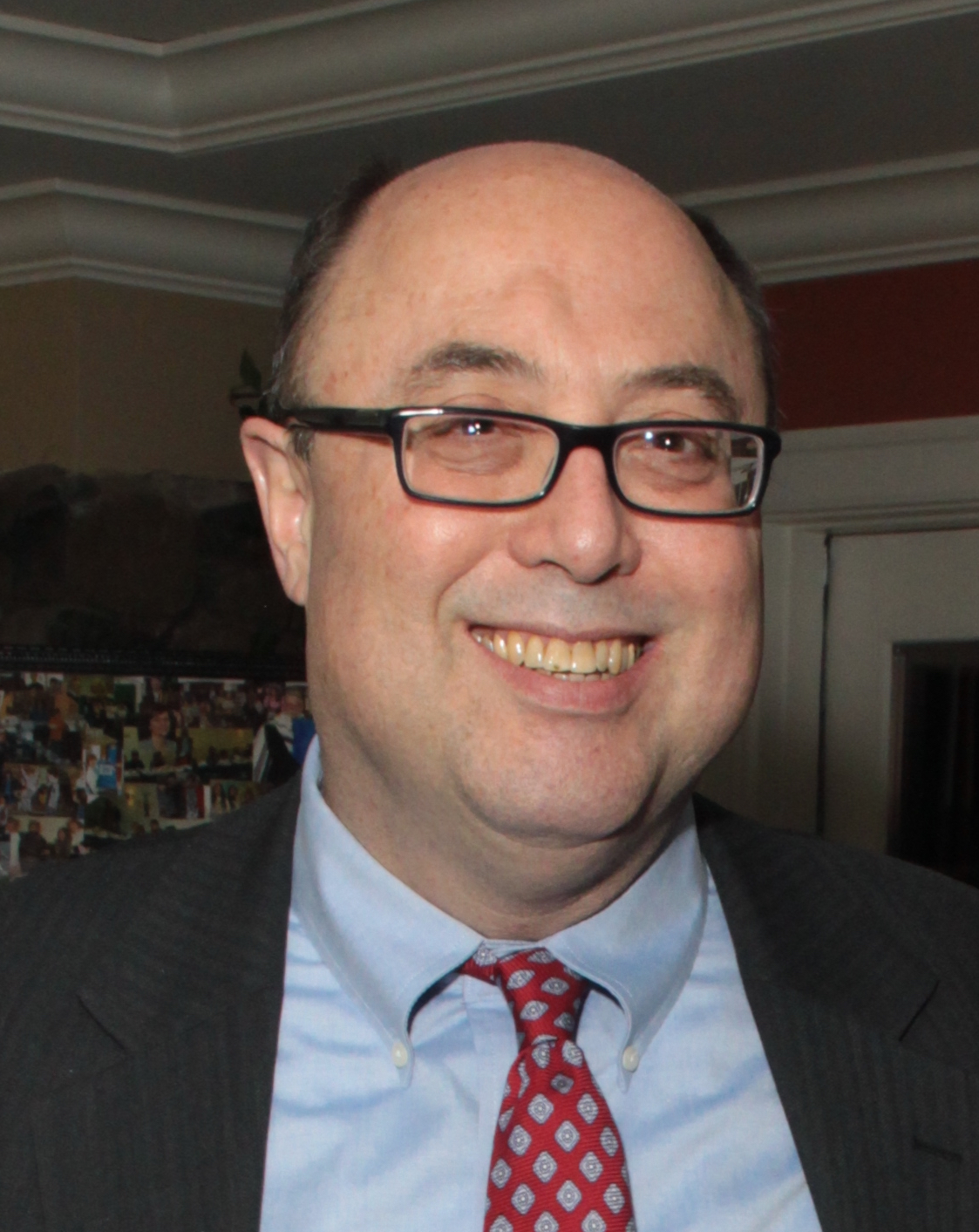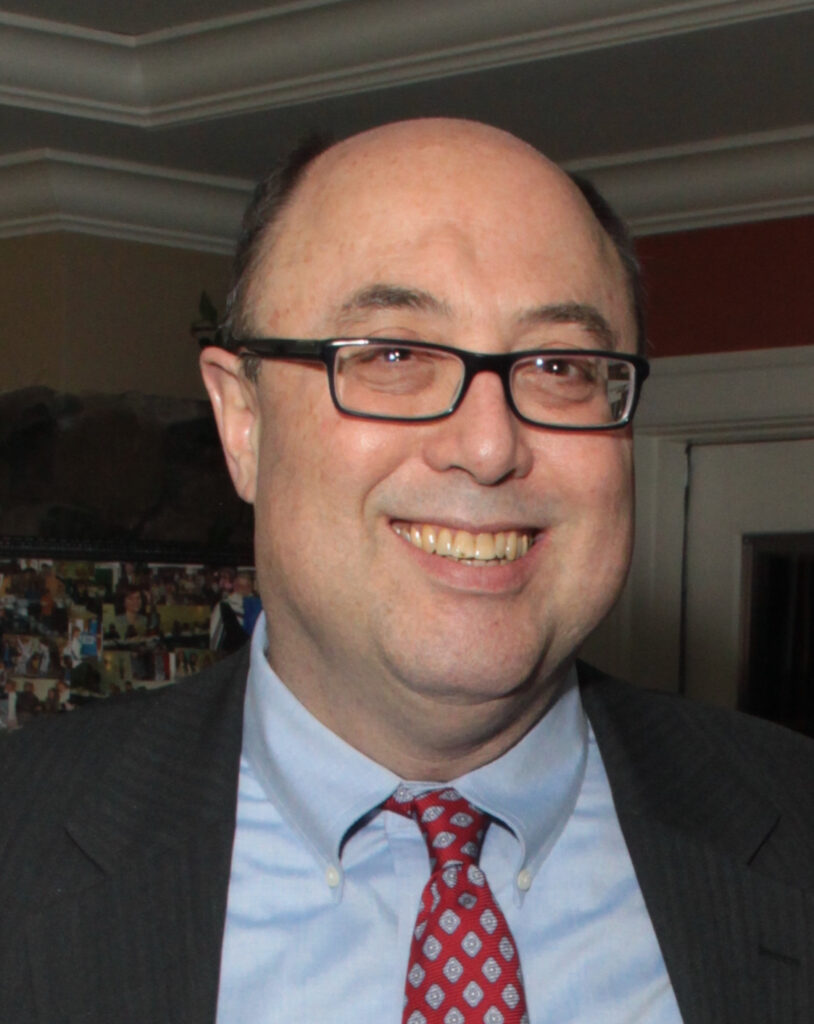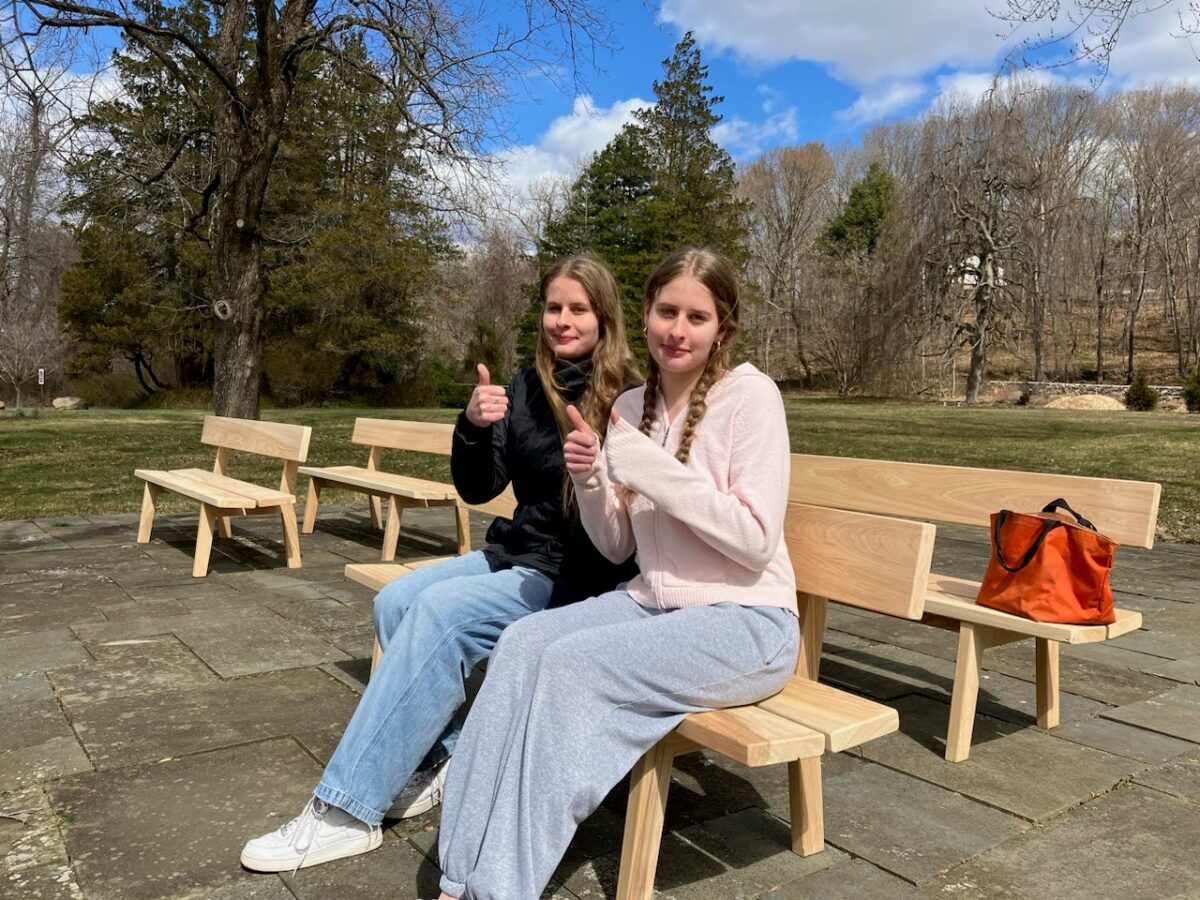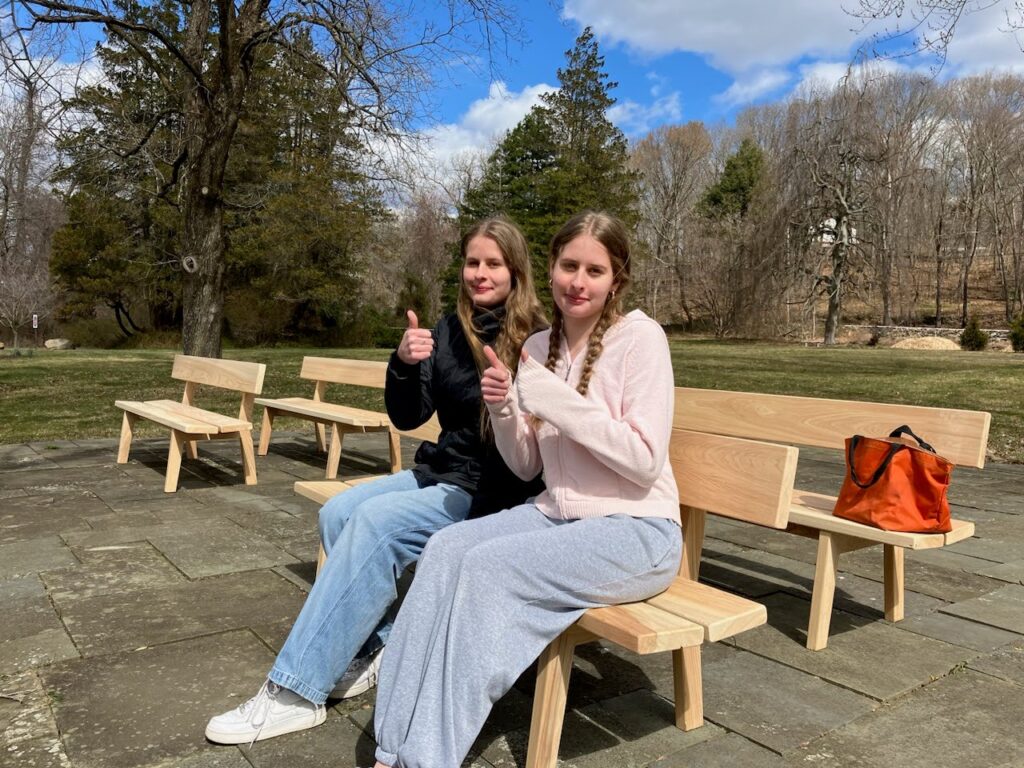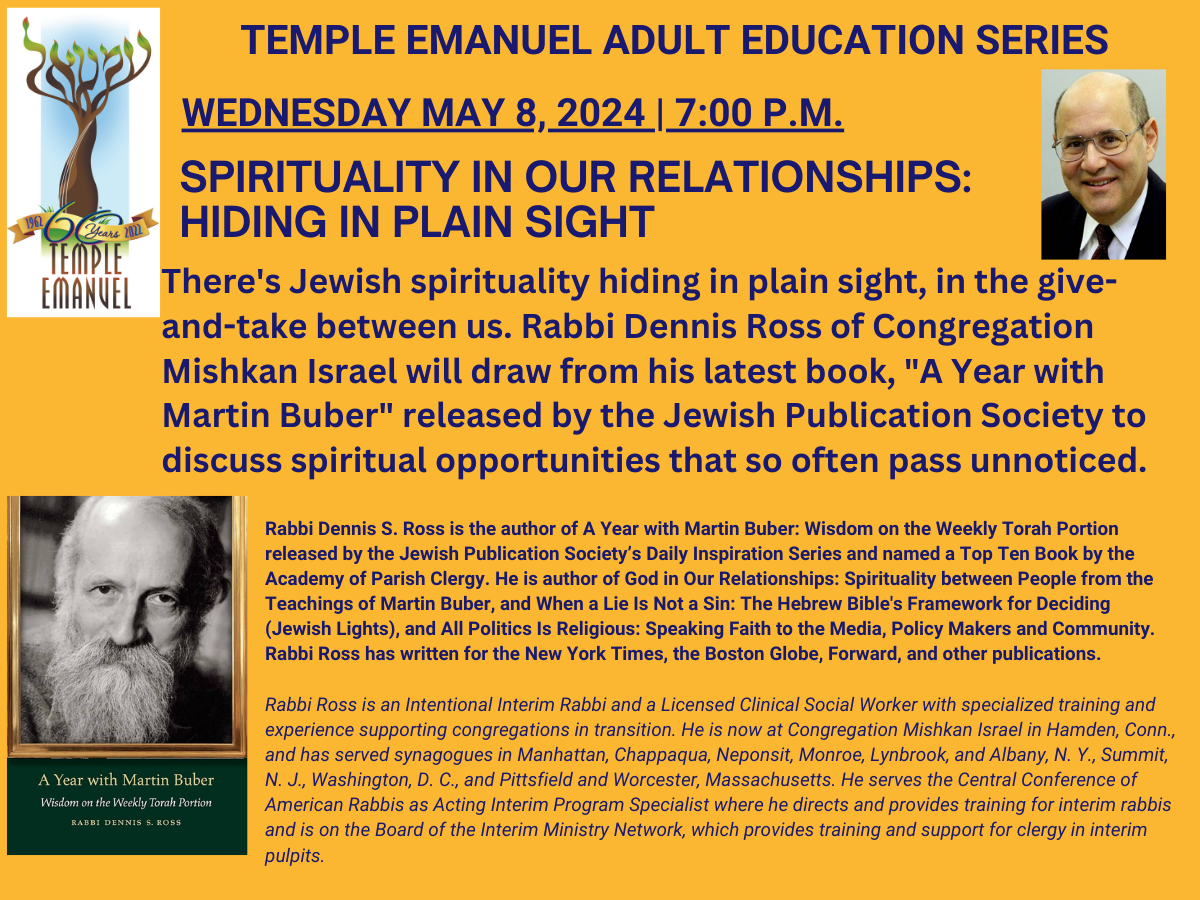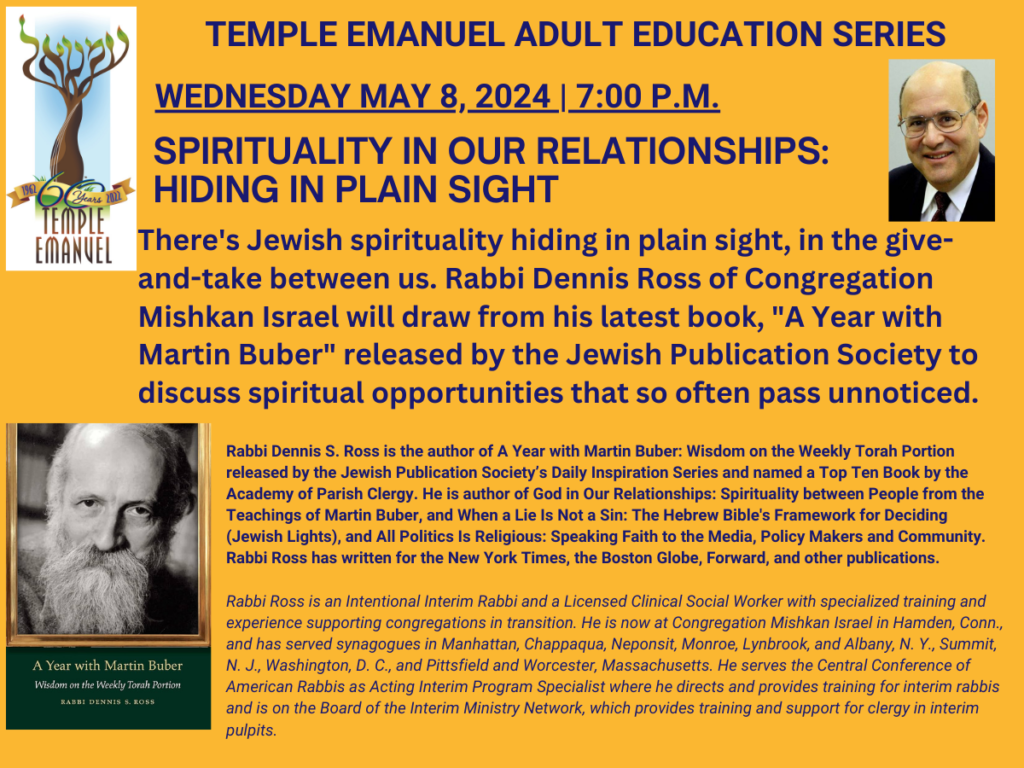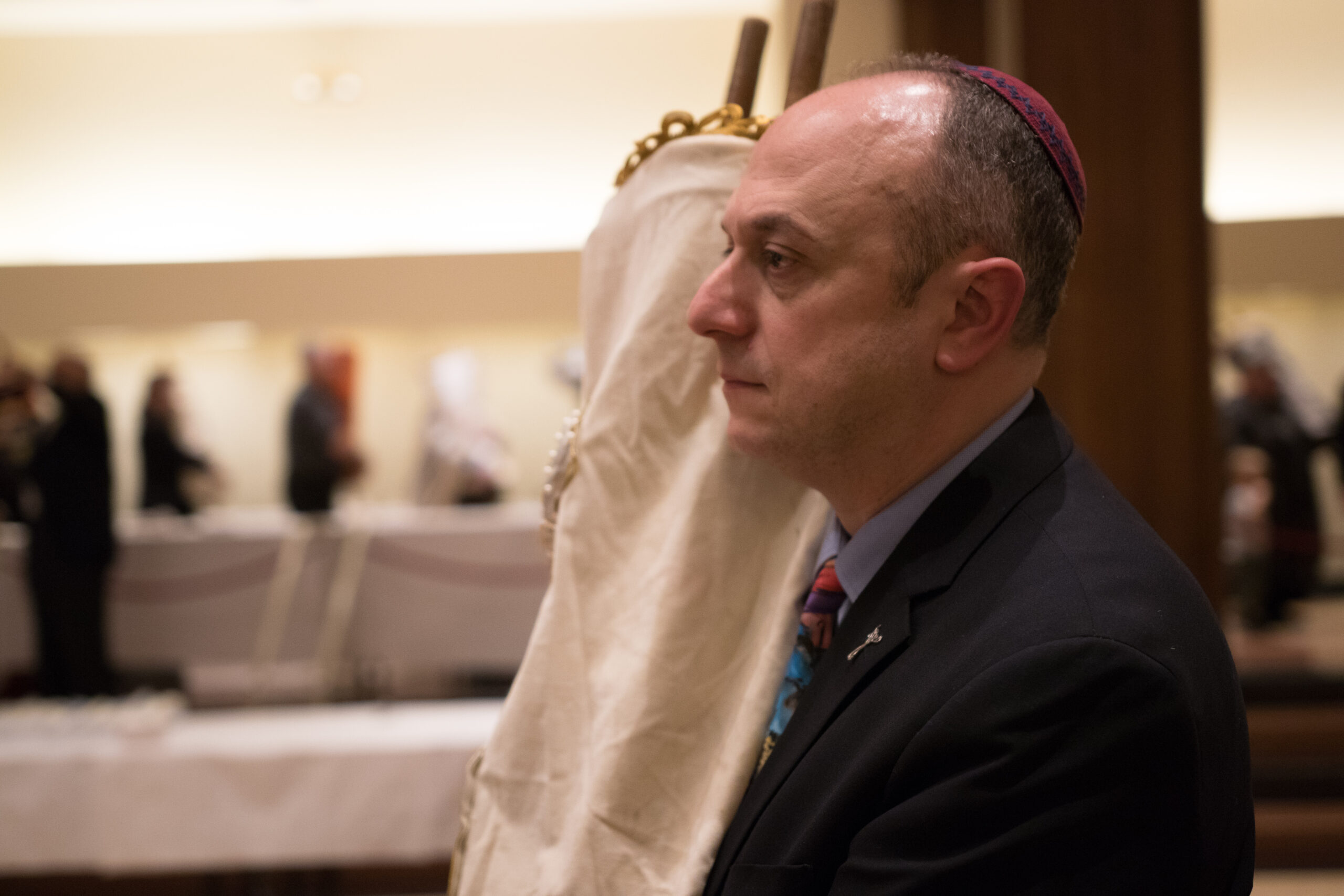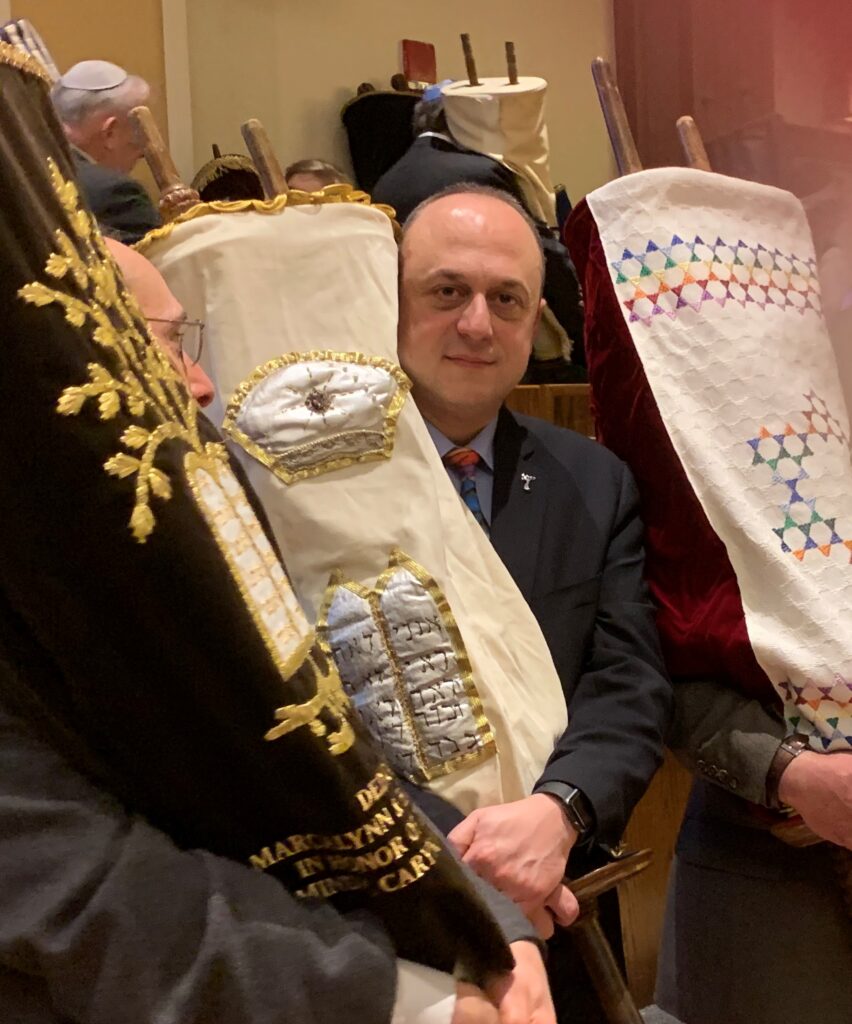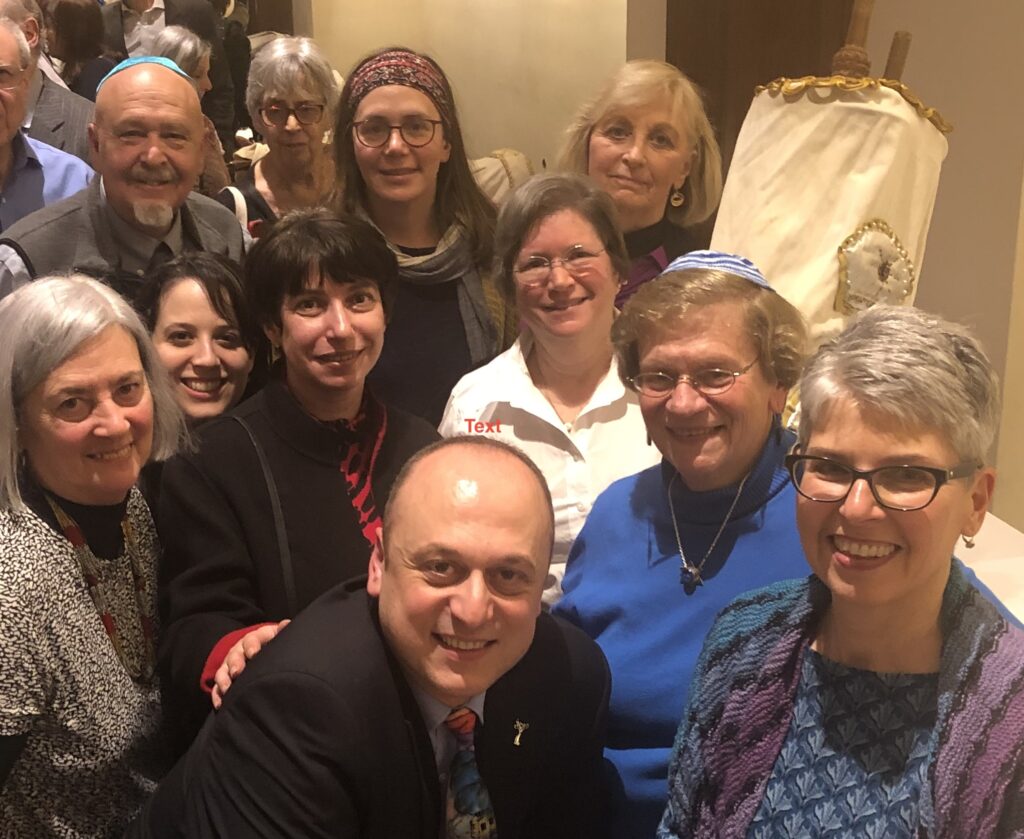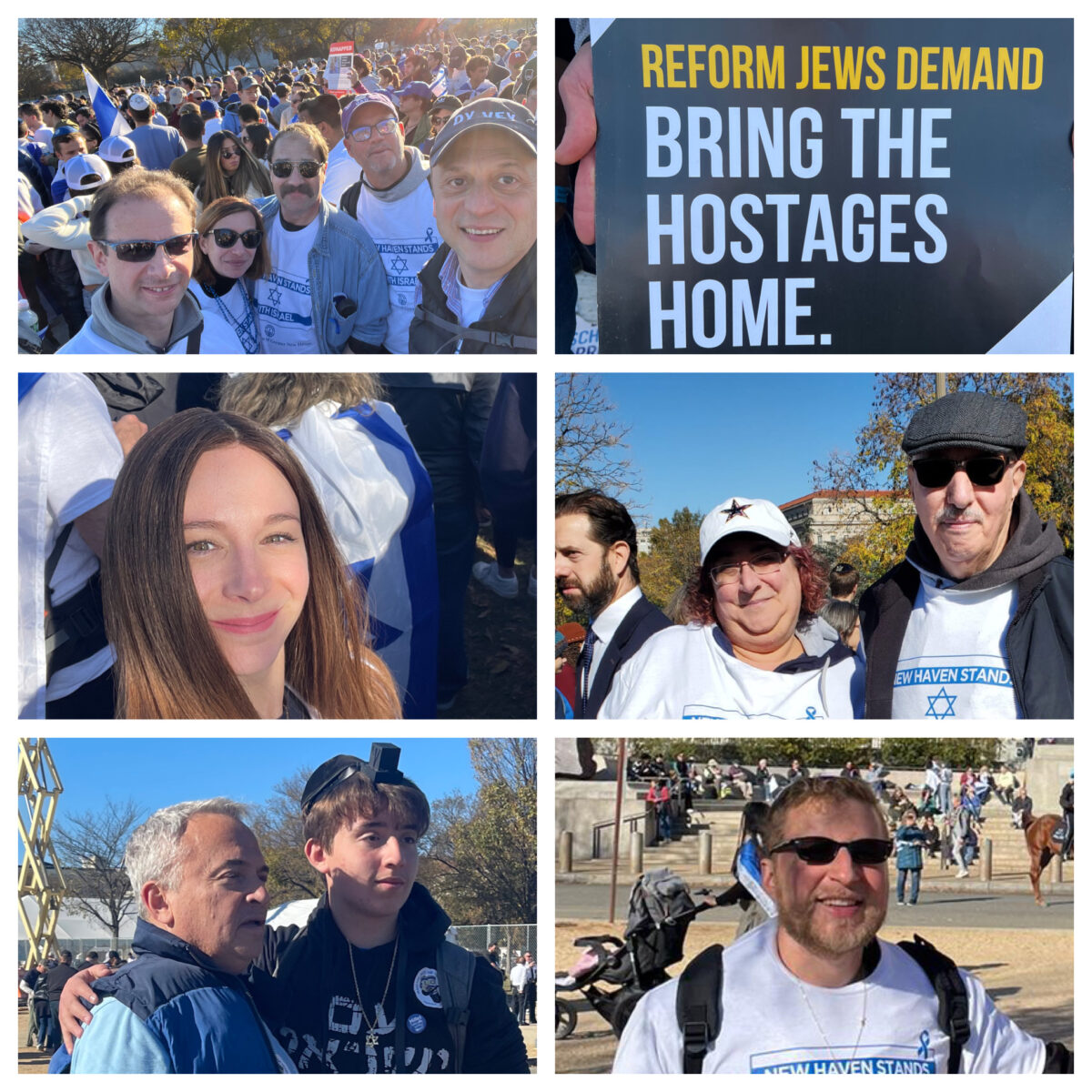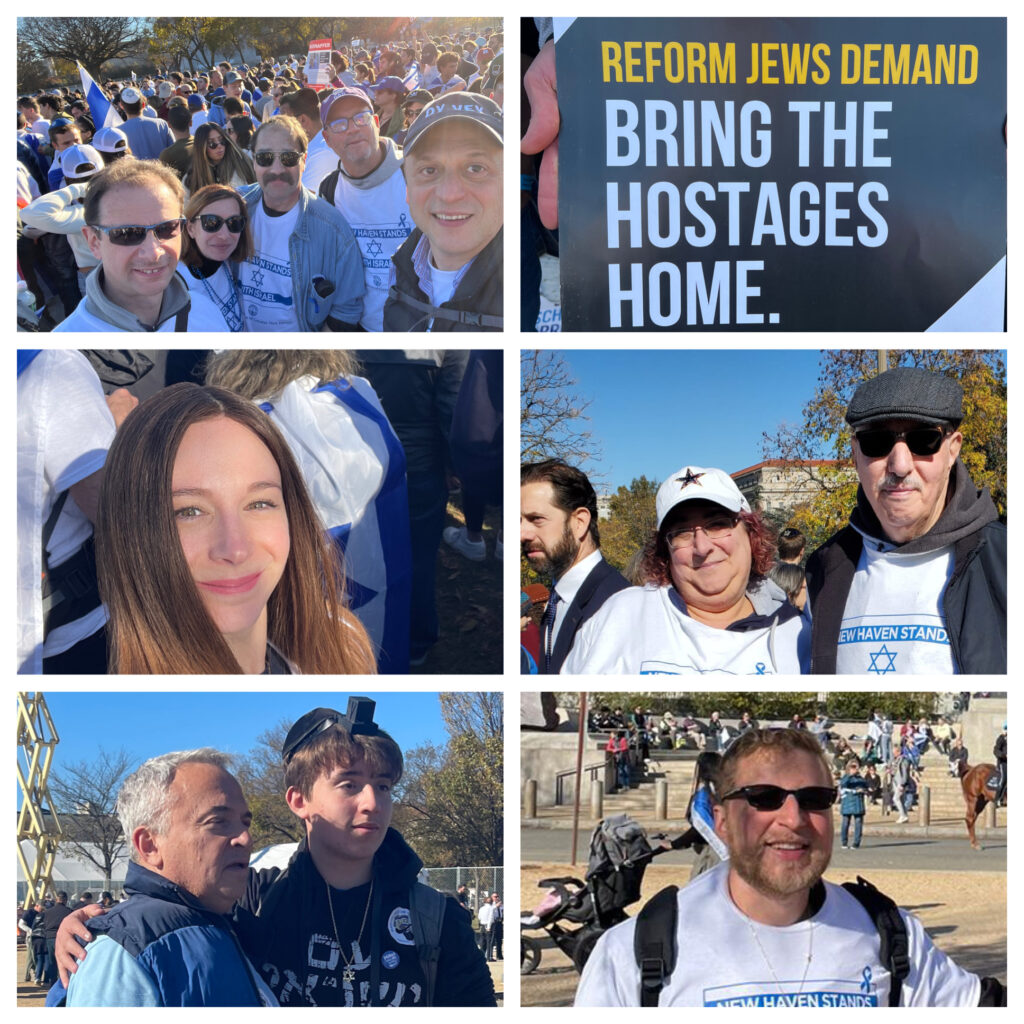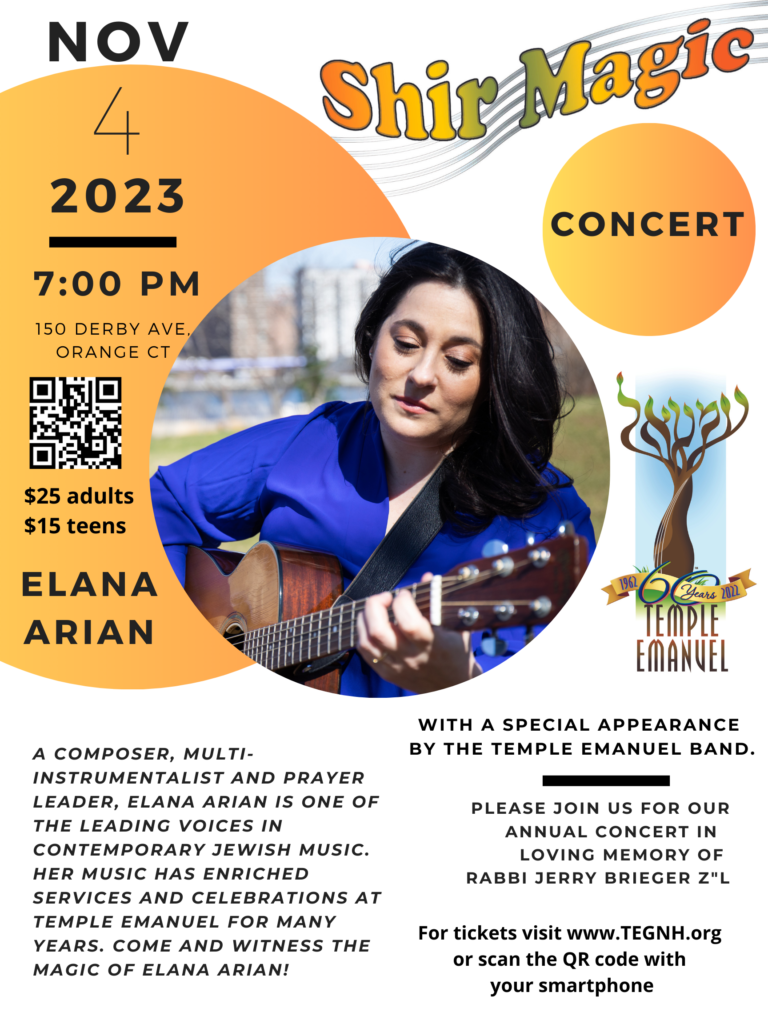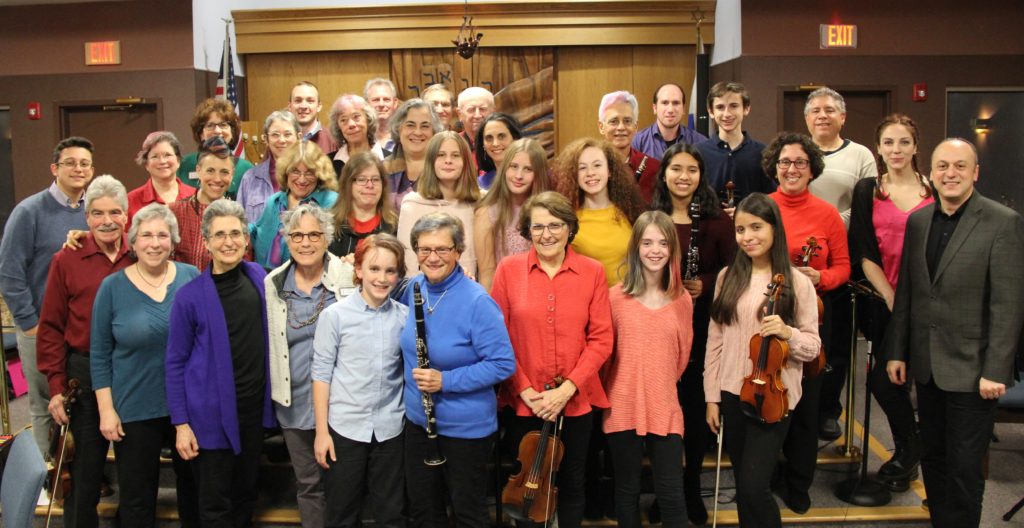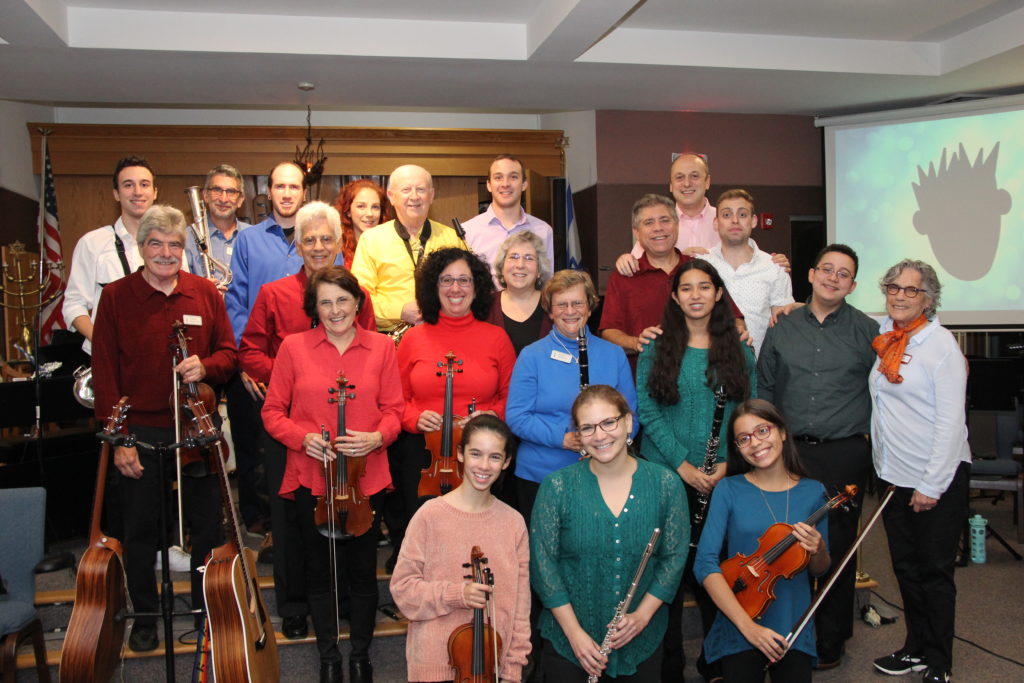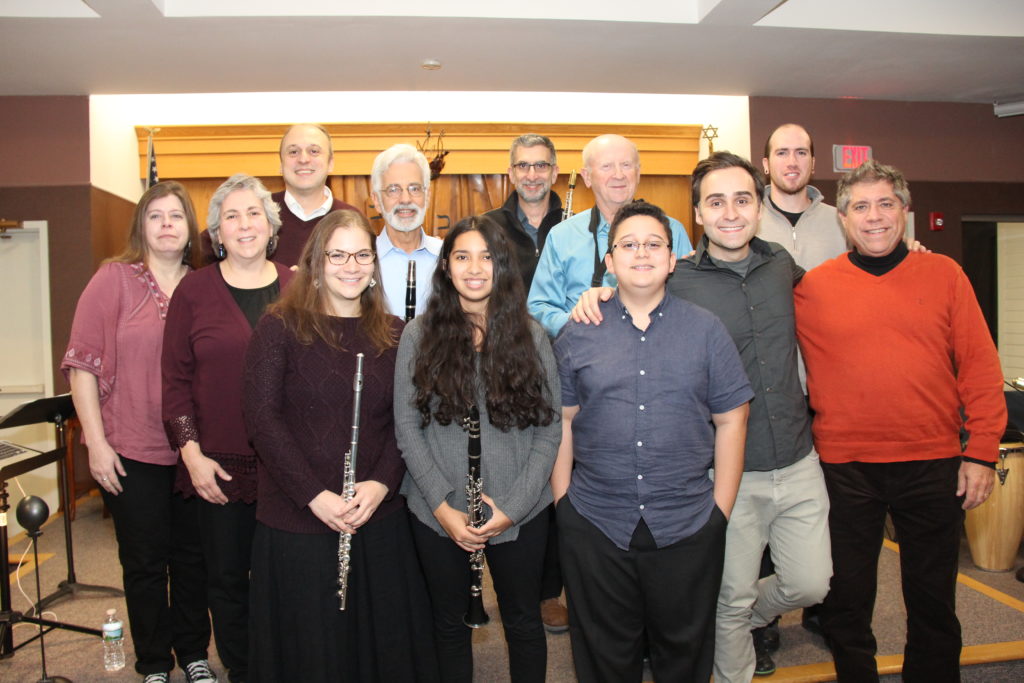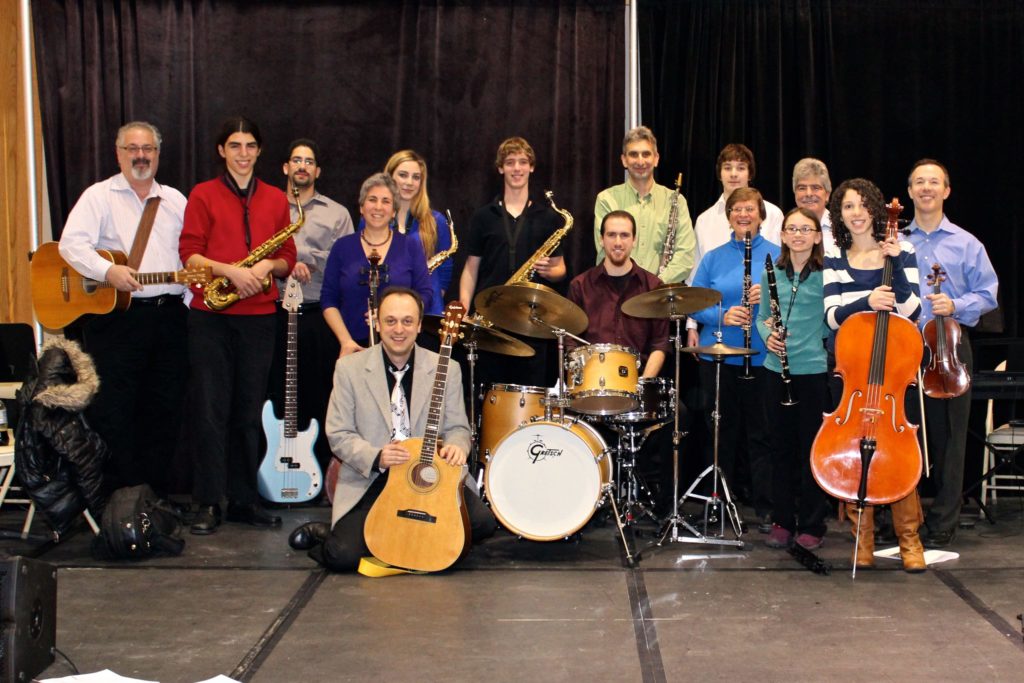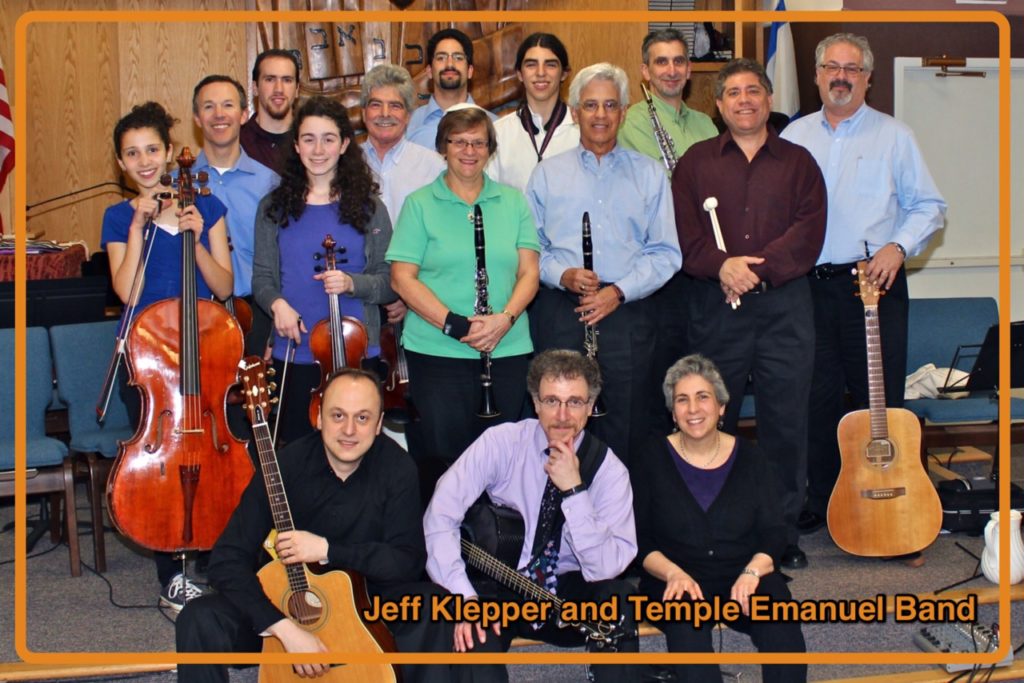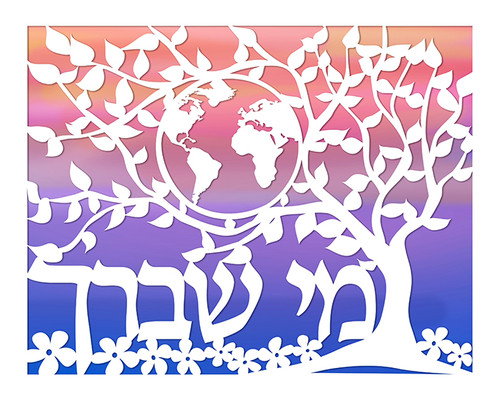
When members of our community and our loved ones fall ill, we add their names to the Misheberach list that we read before reciting the prayer for healing, inviting us all to hold the community members in our prayers, alongside our own loved ones and friends. We often use the traditional formula of using someone’s Hebrew name to preserve the anonymity of the person, and at other times we use the full name, thus sharing the news of illness with wider TE community, reminding people to reach out and call/visit a friend. (Please note, according to our tradition you should ALWAYS check with the person you want to pray for whether they are comfortable with their name recited in public or added to the list read out in the synagogue)!
The prayer for healing is traditionally recited during the Torah service. In addition, a slightly different version of the prayer for healing is part of a weekday Amidah, which is not recited on Shabbat as part of our liturgy, when the 13 ‘middle’ blessings/petitions are replaced with one special blessing for Shabbat.
The words of Debbie Friedman’s Misheberach have become a staple of our Shabbat services, as it did in numerous communities all around the world – the powerful music, the inspiring words, combined with an opportunity to offer a communal prayer for healing have become an essential part of our Shabbat services. TE’s spiral-bound prayerbook Seder T’filot Emanuel has included the text of this prayer at the end of a Friday night Amidah, and it continues to be one of the most powerful elements of the service for so many of us. New words and new melodies continue to be written, and we often add the new prayers for healing to our services – but the presence of the prayer for healing in all our Shabbat and Festival services remains a constant.
Over the years our Misheberach list became surprisingly long. And while there is definitely a long accepted tradition of appointing an emissary to pray for one’s health if you can’t make it to the synagogue, our current minhag, or custom, that evolved at TE has led to the breakdown of the original intent of the prayer for healing: to be offered in person with intentionality.
Rabbi Dr. Daniel Landes, in My People’s Prayerbook, remarks:
“The Mi Sheberakh is not a magical incantation. It obligates the [pray-er] to give tzedakah and to pray personally on behalf of the person for whom the prayer is given. It summons us all to recognize our own utter powerlessness in the face of illness.”
The TE Ritual Committee discussed this at length at a recent meeting and agreed to modify our current practice. If you are thinking of a loved one, a family member or a friend, and would like to pray for their health – please come to Shabbat service, in person or online, and please think of them as you add their name – publicly or privately, to our communal prayer for healing. If you hear of someone’s acute illness and want to add their name (and you can’t get there yourself), please call/email the office, and the name will be added to our list, which will continue to be read every Shabbat. When the person gets better, please remember to let us know so we can remove their name from the list – we love hearing good news! After the name has been on the list for about a month, the list will ‘reset.’ Please note, the names of all TE members struggling with illness will remain on the list without any time limit.
I invite you to use the opportunity of the Misheberach prayer in our services to think of and to pray for healing for your loved ones. May all who are in need of healing be blessed with the love, care and support they need.
